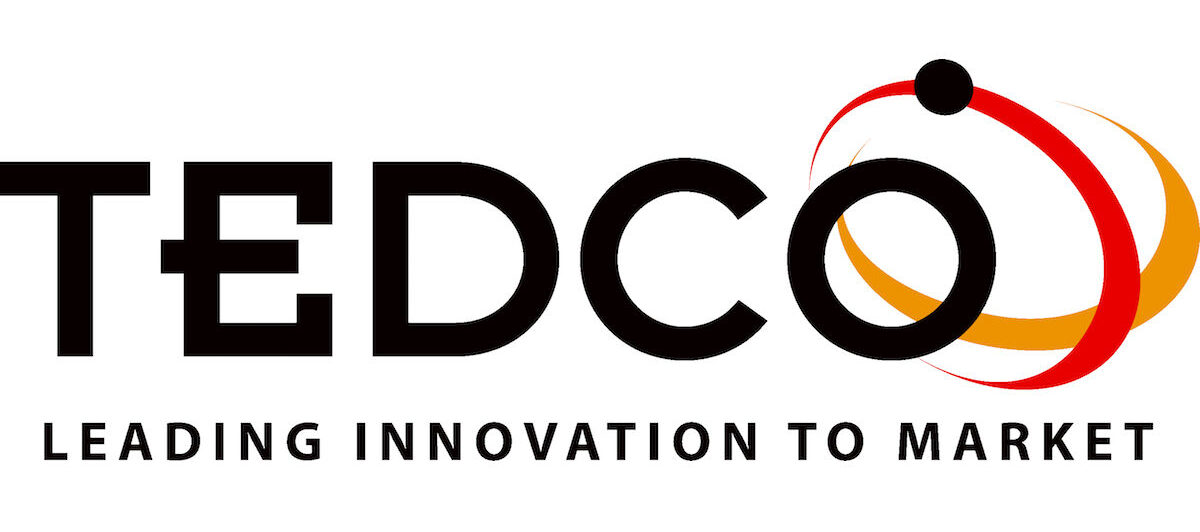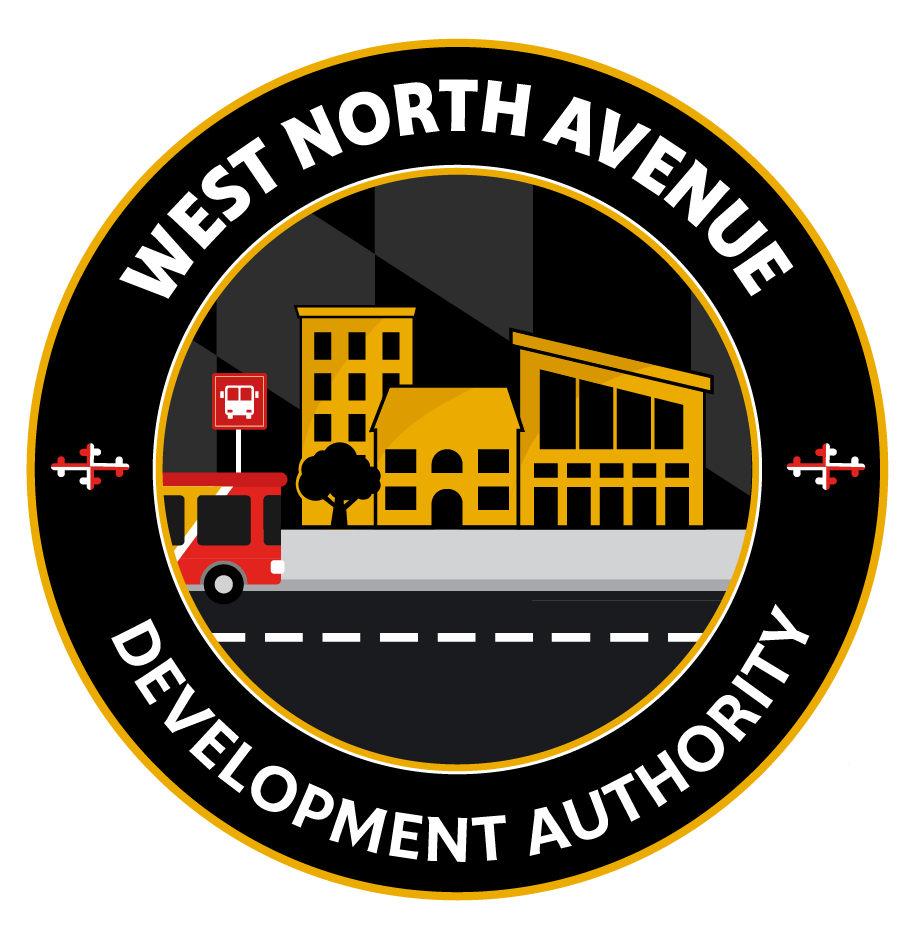Recap – MEDA 2015 Annual Conference: Creating Opportunities Panel
Panelists:
Scott Raymond, VP of Education, Living Classrooms, Inc.
Greg Cangialosi, Chairman & Co-founder, Betamore
Matt Felton, President, Datastory Consulting
Moderator: Laurie Boyer, ED Rockville Economic Development
Each Panelist introduced themselves and their company mission or focus.
Matt – to turn data into a map that reveals stories. Bring alive data that is in a spreadsheet
Scott – focus on education, workforce development, community development and maritime heritage.
Greg – for each organization is a little different but focus on education, incubation and to fill in the skill gap between graduating students and employer needs.
Q: How do you measure success?
Scott
- Number of graduates get into top high schools in the City. 100% of Crossroads School graduates get into college prep school.
- How many graduates receive scholarships
- Rankings against other charter schools
- Last year U.S. Dept. of Education ranked Commodore one of the top five turn around schools in the country
Q: How could this success be replicated elsewhere
Scott:
- Filling in gaps in reading and math
- Requiring after school tutoring if skills aren’t up to speed.
Greg:
- Resources to turn public school attendees into entrepreneurs
- Three Core areas: Filling in the gaps in the ecosystem, collaborative space and education
- Be inclusive – inexpensive membership in collaborative space
- Mentors
- Network of other resources: attorneys, accountant, VC providers
Q to Matt: Tell us your story; what excites you and stirs your passion.
- Always wanted to be a business owner and passion for GIS and mapping
- Having the opportunity to help busy decision makers find data and reveal the story to shape business decisions. Statistical data can map lifestyle, proximity to competition, bringing quality stats to the conversation.
Q to Scott: Talk about what Living Classrooms does to educate drop out youth
- Two signature Programs
- Fresh Start – young incarcerated men attend every day for a 9-monthprogram
- The goal to get GED and learn to be a good employee
- How do they do this? Form their own company.
- Only one in 10 get rearrested
- Project Serve
- Enrollees receive three months of counselling prior to release from jail
- First day out of prison, they go to work
- These can be cleaning out abandoned houses in the City, construction, facilities at Ft. McHenry
- One in 9 get rearrested
Q to Greg: Talk about Baltimore Angels
- Co-founded in 2009 without a fund or collective; individuals making investments
- As matured, focused on structure and process; now have a Board of Directors
- Now have about 50 members and deployed $3.5 M in investment capital – the largest deal was $350,000
- Education is key such as convertible debt, applications for 3D printing
Q: Would you consider a road show to bring your expertise to other jurisdictions?
A – Greg – we primarily operate in the Baltimore region but are willing to share what we have learned.
Q to Matt: Where does the information come from that goes into the maps you create?
- Some from clients
- Some we source including from ESRI – this data comes together in one platform that bridges gaps
Q to Matt: Who are your clients?
- First client was McKenzie
- Large and small companies
- Healthcare providers looking at market data for strategies
- Development community
- Economic development organizations and local governments
Q to Scott: What is the biggest challenge to Living Classrooms?
- Level of reach. To help we created two zones – east part of the city in 12 schools, bringing best practices and in Brooklyn/Curtis Bay.
- Have exceeded reaching +40,000 youth
Q to Greg: What is the biggest challenge to the entrepreneur ecosystem?
- Getting entrepreneurs involved with the community so information can be recycled back to the next gen of entrepreneurs
- Capital continuum
Q to Matt: What is the biggest challenge for Data Story?
- It’s what we call “the invisible question.” That’s the one the client doesn’t know to ask.
Questions from Audience:
Q: Is there a way to protect the data for confidentiality?
A: Matt – Yes, many ways of preserving privacy and aggregating data
Q: What is your best marketing tool?
A: Greg: People – those who have been involved both investors and early stage entrepreneurs
Scott: A book written by the kids in the program. As a result Yale invited the students to do a presentation and NASA flew all of them to the Houston Space Center.
Matt: Story maps – they provide a narrative marketing.
Q to Greg:
Is there still a need for more groups like the Baltimore angels and if so what advice would you give them to get to where you are today?
- Yes, we can’t fund everything. But we are open source and would be happy to share the best practices.
- An angel tax credit would spawn additional activity and create jobs for Maryland.
The Last Word:
Matt – Start small/start simple
Scott – in education it’s always about finding the right leader
Greg – Engage your most active entrepreneurs and get them involved



